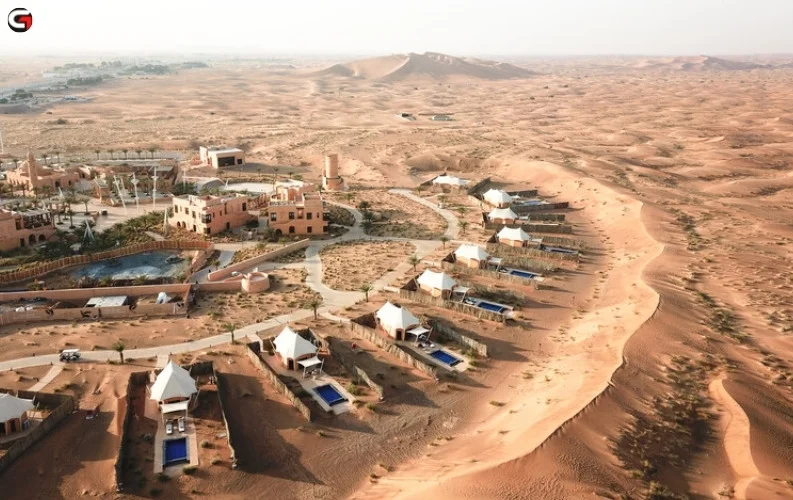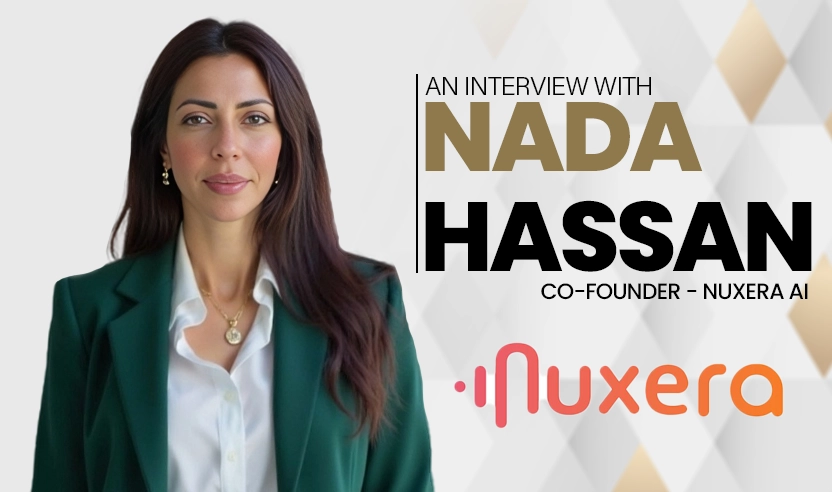The Gulf region is known for its vast deserts and hot climate. Yet, over the past few decades, it has transformed into a land of towering skyscrapers and bustling cities. This transformation is an incredible story of vision, effort, and innovation. In this blog, we will explore how the Gulf countries turned their deserts into modern metropolises. We'll also look at what this means for the future of cities worldwide.
The Beginning of the Transformation
Understanding the Gulf Region
The Gulf region is made up of countries like the United Arab Emirates (UAE), Saudi Arabia, Qatar, Oman, Bahrain, and Kuwait. This area was once known for its harsh deserts and nomadic tribes. Life was tough, and there were not many resources available. But these countries had a vision. They wanted to create modern cities, attract tourists, and provide better lives for their people.
The Role of Oil in Development
The discovery of oil in the early 20th century changed everything. Oil brought wealth to the region. Suddenly, there was money to invest in new projects. The leaders of these countries saw a chance to build something new. They decided to invest in infrastructure, such as roads, airports, and schools. This was the first step in transforming the Gulf from deserts into vibrant cities.
Building Modern Cities
Visionary Leaders and Planning
The Gulf countries did not just build cities randomly. They had clear plans and visions. Leaders like Sheikh Zayed of the UAE and King Salman of Saudi Arabia believed in a modern future. They hired the best architects and engineers. They planned cities that could grow and adapt to future needs. This careful planning is why cities like Dubai and Riyadh have become global hubs.
Infrastructure and Connectivity
For a city to grow, it needs good infrastructure. The Gulf countries invested in building world-class airports, seaports, and highways. Dubai International Airport, for example, is one of the busiest airports in the world. These countries also created extensive road networks, making travel easier and faster. This infrastructure attracted businesses, investors, and tourists, further fuelling growth.
Iconic Projects and Landmarks
The Rise of Skyscrapers
The Gulf is now famous for its skyline filled with tall buildings. The Burj Khalifa in Dubai, the world's tallest building, stands as a symbol of ambition and progress. Saudi Arabia is building the Jeddah Tower, which will be even taller. These skyscrapers are not just buildings; they are landmarks that tell the world that the Gulf is a region of innovation and growth.
Man-Made Islands and Waterfronts
Building on land was not enough. The Gulf countries wanted to stand out. So, they built islands in the sea. Dubai's Palm Jumeirah and The World Islands are examples. These man-made islands provide luxury living spaces, hotels, and beaches. They attract tourists from all over the world and boost the local economy.
Sustainable Urban Development
The Need for Sustainability
While building big cities is exciting, it is also important to think about the environment. The Gulf region is hot and dry. Freshwater is scarce, and the weather can be extreme. To overcome these challenges, the Gulf countries are investing in sustainable development. They are creating cities that are smart and green.
Smart Cities and Green Buildings
Masdar City in Abu Dhabi is a perfect example. It is designed to be a "zero carbon" city, meaning it aims to have no carbon emissions. The city uses solar energy and recycles water. Buildings are designed to stay cool in the desert heat, reducing the need for air conditioning. Other cities, like Dubai, are also investing in green buildings and technologies to reduce their carbon footprints.
The Role of Technology
Digital Transformation in Cities
Modern cities need modern technology. The Gulf cities are investing in digital transformation. This means using technology to improve services, such as transportation and healthcare. For example, Dubai has smart traffic systems that help reduce traffic jams. These systems use cameras and sensors to guide traffic flow. Smart city technology is making life easier and more efficient.
Transport Innovation
The Gulf is also looking at new ways to move people around. Dubai's metro system is one of the most advanced in the world. It is fully automated, meaning no drivers are needed. Saudi Arabia is planning a high-speed rail network to connect its cities. These innovations show that the Gulf is thinking ahead, planning for the future.
Economic Diversification and Opportunities
Moving Beyond Oil
The Gulf countries know that they cannot rely on oil forever. Oil prices go up and down, and there is a global push towards renewable energy. So, these countries are diversifying their economies. They are investing in sectors like tourism, finance, and technology. This is creating new opportunities and jobs for their people.
Tourism as a Growth Driver
Tourism has become a major focus. Cities like Dubai and Doha are now global tourism hotspots. They have built world-class hotels, theme parks, and shopping malls. Events like Expo 2020 in Dubai attract millions of visitors. Tourism not only boosts the economy but also helps people from around the world experience Gulf culture and hospitality.
Challenges and Solutions
Environmental Challenges
Building cities in the desert is not easy. The heat is intense, and water is limited. Air conditioning uses a lot of energy, and desalination plants use a lot of water. These are challenges that the Gulf countries face. However, they are finding solutions. They are investing in renewable energy, such as solar power, to reduce their dependency on oil.
Managing Rapid Growth
Rapid urbanisation can lead to problems like traffic congestion, pollution, and overcrowding. The Gulf countries are aware of these issues. They are planning better public transport systems and green spaces. The aim is to create cities that are not only big but also liveable.
The Future of Gulf Cities
A Vision for 2030 and Beyond
The future of Gulf cities is bright. Countries like Saudi Arabia have Vision 2030, a plan to diversify their economies and improve the quality of life for their citizens. The UAE also has ambitious plans for the future. These visions focus on innovation, sustainability, and growth.
Lessons for the World
The transformation of the Gulf region offers lessons for the world. It shows what can be achieved with vision, planning, and investment. Other cities can learn from the Gulf's experience in sustainable development, smart technology, and economic diversification.
Conclusion
The journey from deserts to metropolises in the Gulf is a story of determination and innovation. These cities have not only changed the landscape but also set new standards for urban development. With a focus on sustainability, technology, and diversification, the Gulf region is preparing for a future that is both prosperous and sustainable. The rest of the world is watching closely, learning valuable lessons from this remarkable transformation..
You may also like:-























